Should We Be Silent? (1926)
A melodrama about a painter who is infected with syphilis, refuses treatment, turns to the use instead of narcotics, and withers away.
A melodrama about a painter who is infected with syphilis, refuses treatment, turns to the use instead of narcotics, and withers away.
 Conrad VeidtPaul Hartwig, Maler
Conrad VeidtPaul Hartwig, Maler Walter RillaDr. Georg Mauthner
Walter RillaDr. Georg Mauthner Mary ParkerLeonie Pierson
Mary ParkerLeonie Pierson Elga BrinkAssistentin
Elga BrinkAssistentin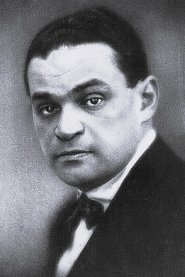 Fritz KortnerDer annoncirende Arzt
Fritz KortnerDer annoncirende Arzt Betty AstorInge
Betty AstorInge
Successful middle-aged farmer Samuel Sweetland becomes widowed, then his daughter marries and leaves home. Deciding he wishes to remarry, Sweetland pursues some local women he considers prospects.
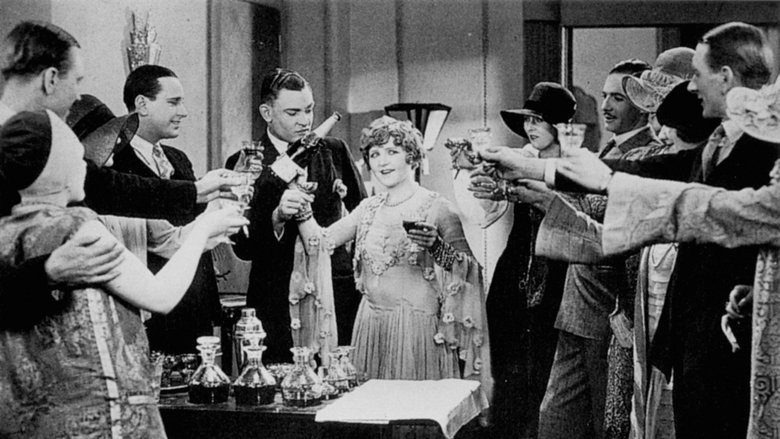
Betty, the rebellious daughter of a millionaire, decides to marry the penniless Jean—against her father's will—and runs away to France and lives a life of luxury on the profits from her father's business. Pretending his business is crashing, her father finally puts a stop to her behavior, which forces Betty to support herself by getting a job in a night club.
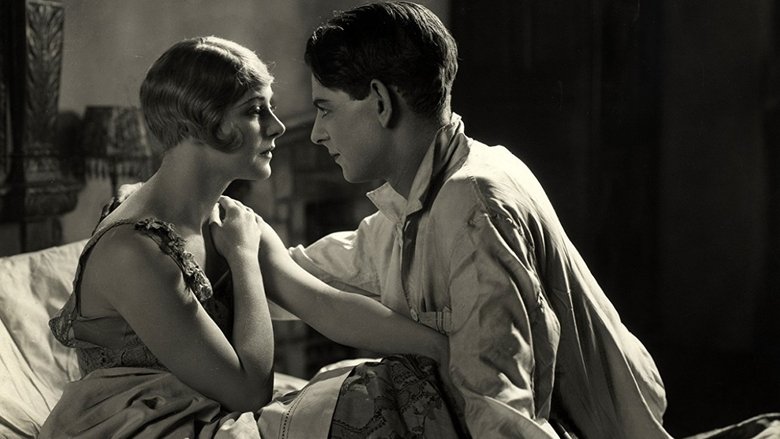
Larita Filton is named as correspondent in a scandalous divorce case. She escapes to France to rebuild her life where she meets John Whittaker. They are later married, but John's well-to-do family finds out Larita's secret.

Both Jack Sander and Bob Corby are boxers in love with Mabel. Jack and Mabel wed, but their marriage is flat. The young wife looks to Bob for comfort.
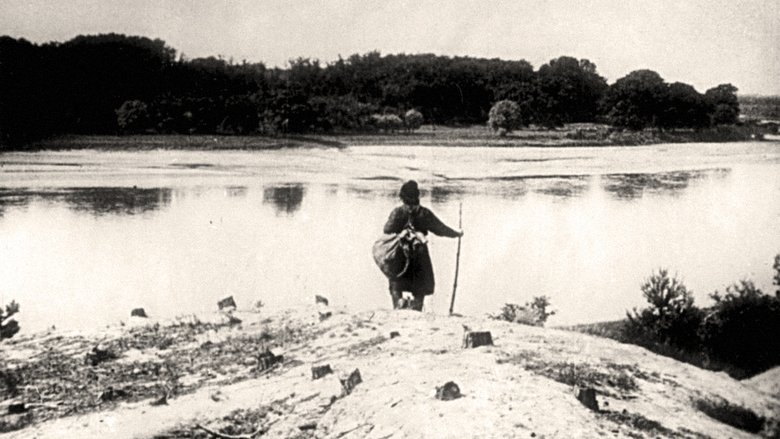
Based on the novel 'Elsker hverandre' by Aage Madelung, the film follows various lives, one of which is Jewish girl Hanne-Liebe, as she grows up, and experiences the pains of living as a Jew in Russia, leading to a revolution.
A loose adaptation of Dr. Jekyll and Mr. Hyde.

A semi-documentary experimental 1930 German silent film created by amateurs with a small budget. With authentic scenes of the metropolis city of Berlin, it's the first film from the later famous screenwriters/directors Billy Wilder and Fred Zinnemann.
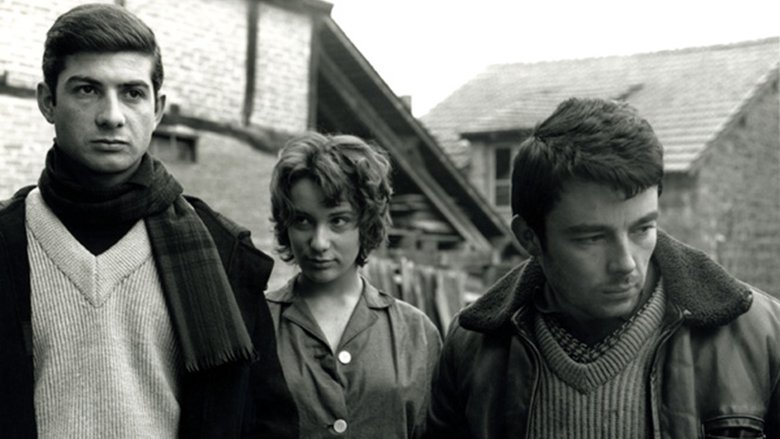
After long absence, a man returns to his hometown only to find his best friend has become an alcoholic.
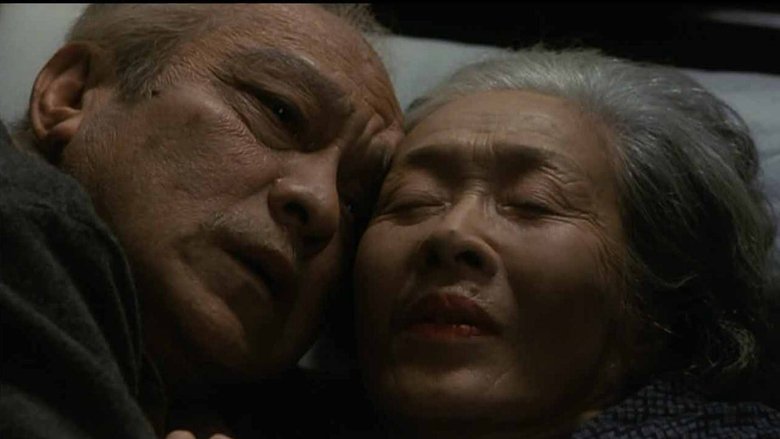
An old woman has died and her widower with dementia confesses to killing her. After this, the story goes back in time to show the events leading up to her death.
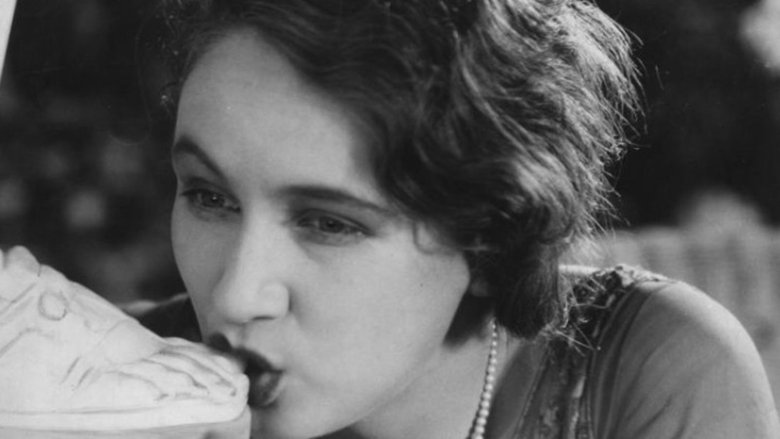
The film consists of a series of tightly interlinked vignettes, the most sustained of which details the story of a man and a woman who are passionately in love. Their attempts to consummate their passion are constantly thwarted, by their families, by the Church and bourgeois society in general.
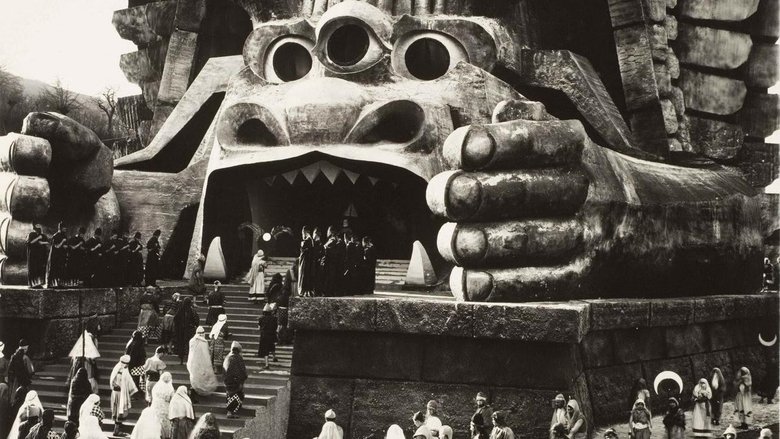
Young Cabiria is kidnapped by pirates and sold as a slave in Carthage. Just as she's to be sacrificed to Moloch, Cabiria is rescued by Fulvius Axilla, a good-hearted Roman spy, and his powerful slave, Maciste. The trio are broken up as Cabiria is entrusted to a woman of noble birth. With Cabiria's fate unknown, Maciste punished for his heroism, and Fulvius sent away to fight for Rome, is there any hope of our heroes reuniting?

Edwardian England. A precocious girl from a poor background with aspirations to being a novelist finds herself swept to fame and fortune when her tasteless romances hit the best seller lists. Her life changes in unexpected ways when she encounters an aristocratic brother and sister, both of whom have cultural ambitions, and both of whom fall in love with her.

A widowed field mouse must move her family -- including an ailing son -- to escape a farmer's plow. Aided by a crow and a pack of superintelligent, escaped lab rats, the brave mother struggles to transplant her home to firmer ground.
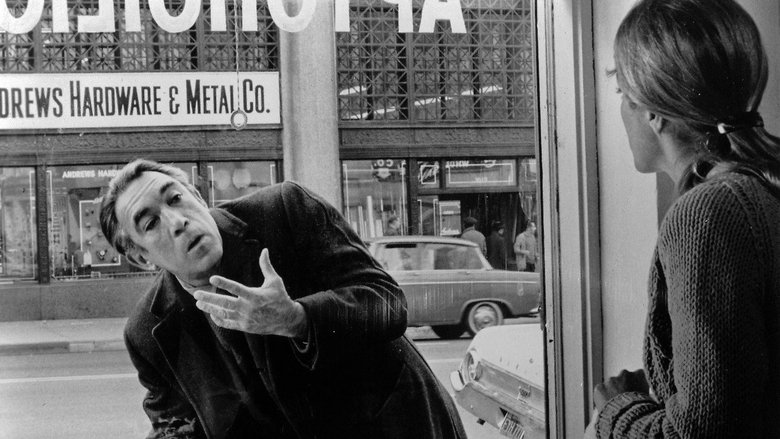
A Greek American father of a dying boy decides to take his son to Greece to breathe the clean air of his ancestors, in an attempt to save the boy's life. However, money is a problem.
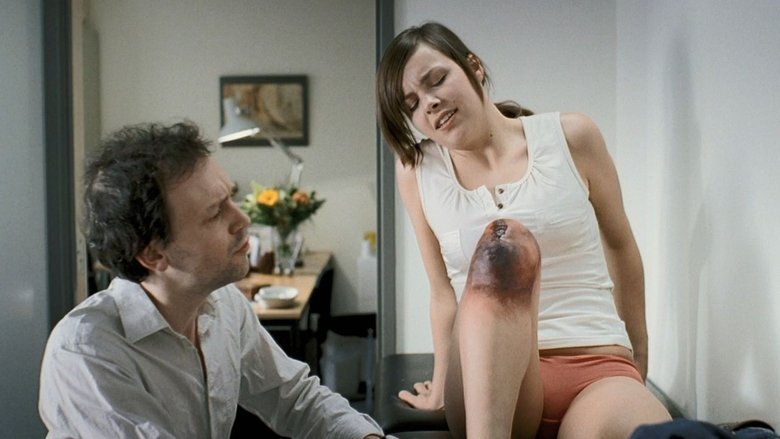
When Marie moves into her boyfriend's apartment, she uncovers a disturbing mystery about the fate of the previous tenant.
Ruth, an elderly lady with dementia, becomes lost within her own home. As she tries to find answers, she ends up losing herself further, confusing reality with memories of her past self.
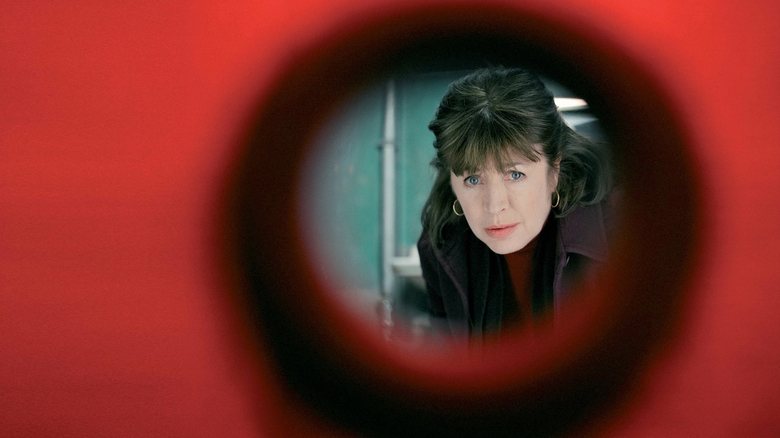
Maggie, a quiet retiring grandmother, finds herself helpless as her grandson’s health deteriorates. When one last chance appears, but money is desperately short, Maggie acts to raise the cash in a fashion that surprises everyone but her.
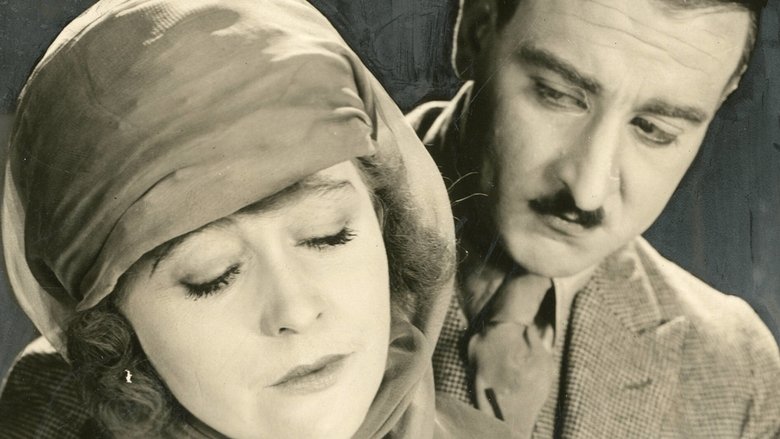
Roseanne (Ethel Clayton) has grown up near some diamond mines in South Africa. As a child, she became ill and a Malay nurse, Rachel Bangat (Fontaine La Rue) promised to cure her. That she did, but she also worked some voodoo on the child, who, as a grown up now displays a powerful desire for diamonds and the ability to throw evil curses on those who displease her.
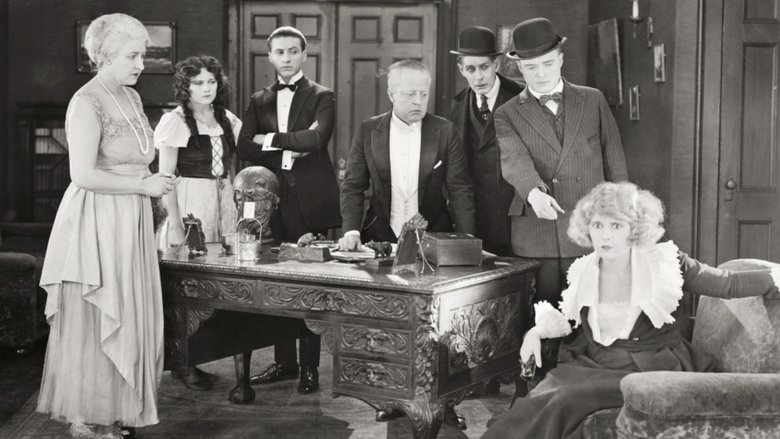
Avis Langley's dying mother begs her to look after Avis's errant brother and continues after death to reappear in spirit form to remind Avis of her promise. Avis follows her brother to New Zealand in hopes of protecting him from his own ways, but on the trip tragedy apparently strikes.
Seduced and abandoned by the caddish Louis La Farge shepherdess Marie Beaupre is cast out of the village and forced to survive in the mountains alone. Driven mad she becomes known as “the witch woman” until hypnotist Dr. Cochefort and his friend Delaunay encounter her while on a hunting trip, take her to Paris, and effectuate a cure at which time she becomes heir to Delaunay's fortune. All seems clear sailing until Marie is introduced to Louis's twin brother Maurice and mistaking him for Louis sets forth on a plan for revenge.